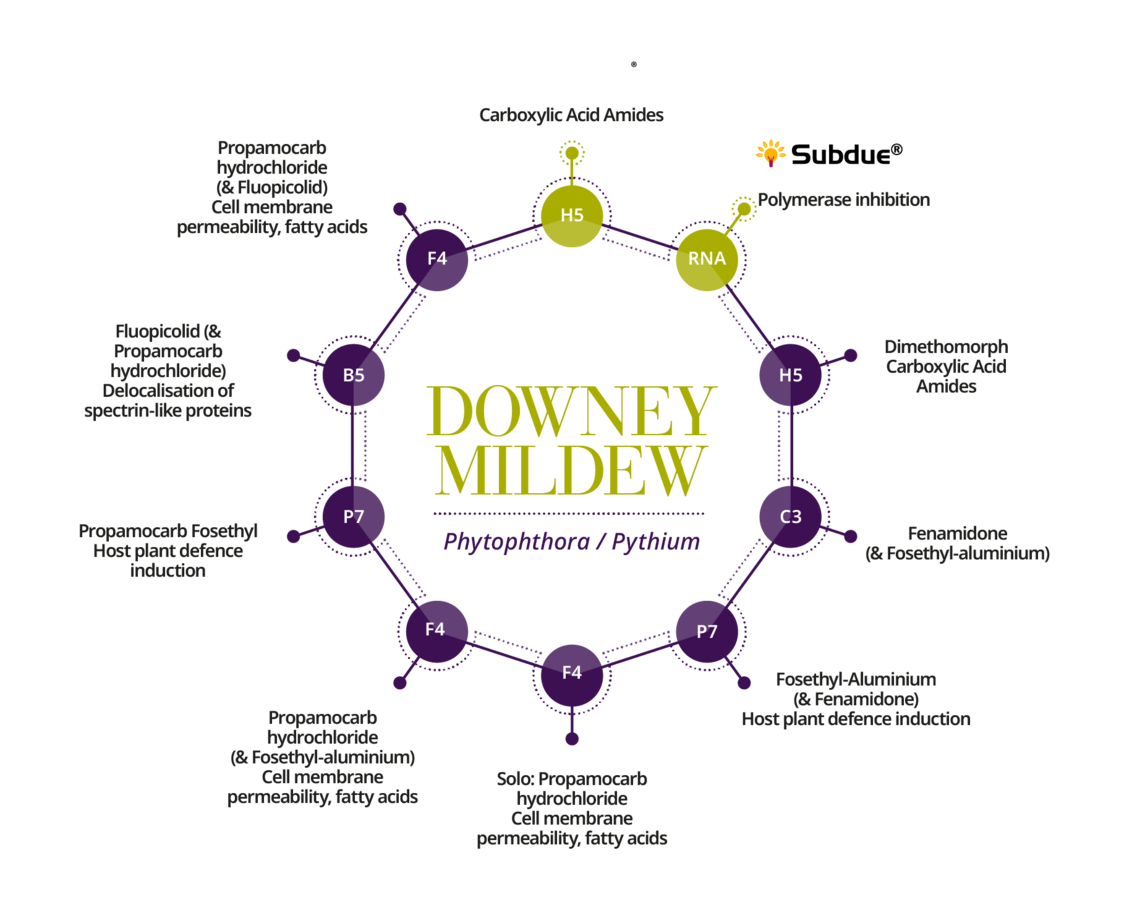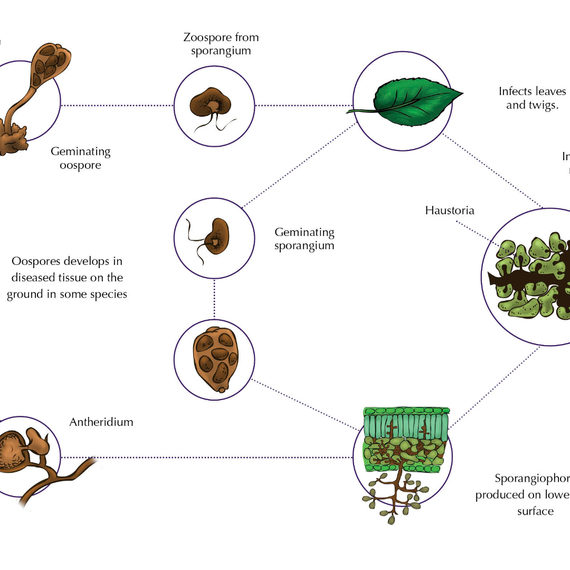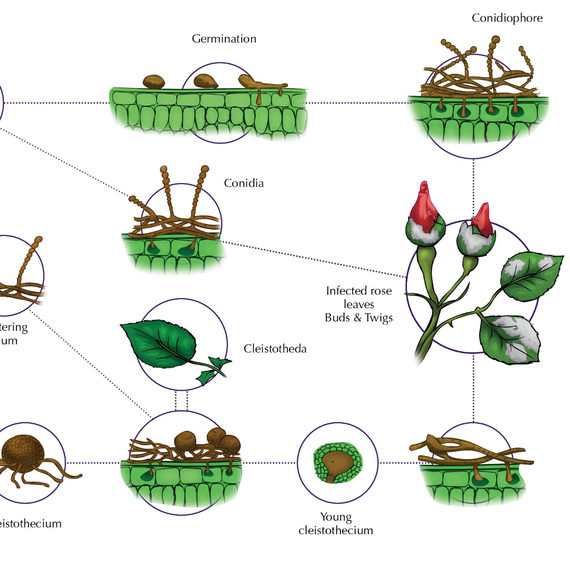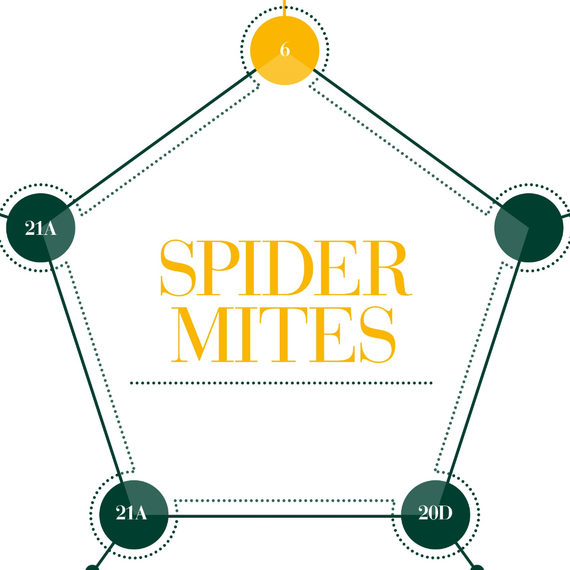This is a special group of 'fungi', cell walls of Oomycetes are built from cellulose instead of chitin. This is why we generally use a different group of fungicides to combat Oomycetes. These fungus types like freely available water to germinate the spores and are capable of destroying a crop in a few days during favourable conditions of high humidity and warm temperatures. The fungi are very suceptable to resistance issues. Alternating between products with different points of application is important. For covered crops, avoid humid conditions and ensure an active climate. Heat if necessary and ensure adequate ventilation to inhibit the development of the disease.
Below you will find an overview listing the different products that will help you manage downy mildew.
To prevent a crop developing resistance it is important that you alternate between the different active ingredients and is important to pay attention to the mode of action the product has. Rotation of products is a key strategy but it’s important those products have different FRAC codes, as this can reduce further resistance development. Ensure your program takes this into account.
If you are in a situation where products with the same mode of action are applied twice in a row, moving to another product with a different FRAC group becomes more even more important. More information is available at www.frac.info.



